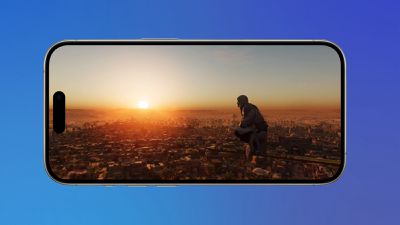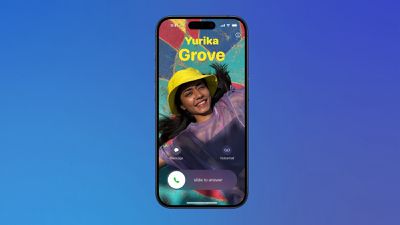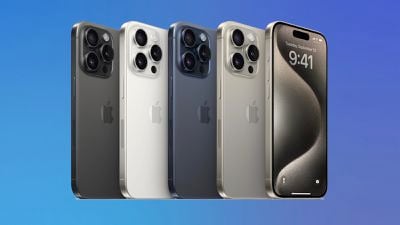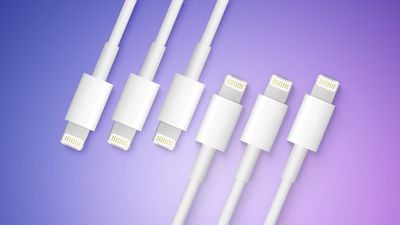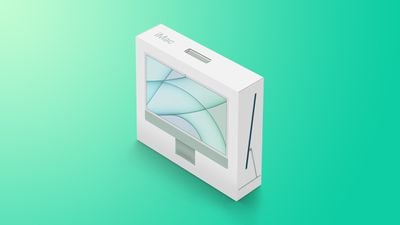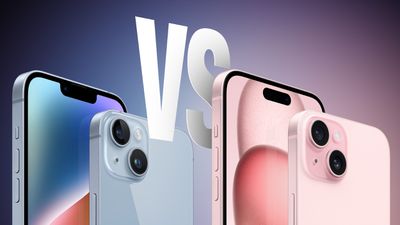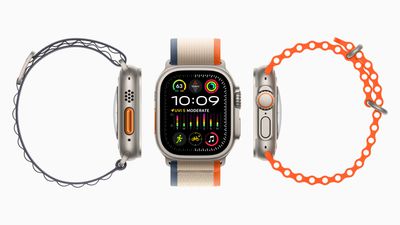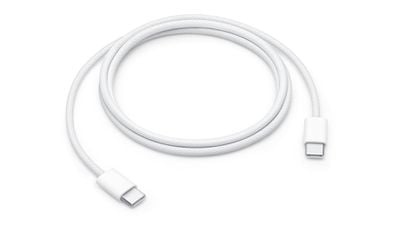Apple said on Friday it would issue a software update for iPhone 12 users in France to address radiation concerns raised by the country's regulators (via Reuters).
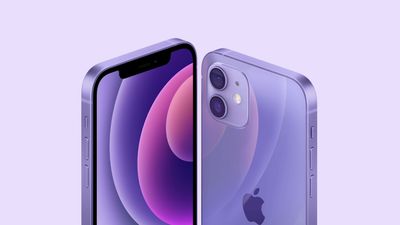
"We will issue a software update for users in France to accommodate the protocol used by French regulators. We look forward to iPhone 12 continuing to be available in France," Apple said in a statement.
"This is related to a specific testing protocol used by French regulators and not a safety concern," added the company.
The French regulator ANFR said it would test the software update. If it made a difference to the electromagnetic waves the device emitted, the regulator said it would bring the model into compliance with European standards applied in France, and the marketing withdrawal order would be lifted.
Earlier this week, France ordered Apple to halt iPhone 12 sales and "fix" existing devices to bring them into electromagnetic radiation compliance with European standards. The increase in emitted electromagnetic radiation observed over time by regulators appears to have been the result of successive software updates issued by Apple, and was not present when the iPhone 12 was launched in 2020.
The ANFR ordered Apple to "remove the iPhone 12 from the French market from September 12 due to the model exceeding the limit" for electromagnetic absorption by the body. The agency also told Apple to recall every iPhone 12 it has ever sold in the country. Ministers later said that though the radiation level was above the accepted standard, it was not dangerous and people were safe to continue using the phones, local media reported.
Following the controversy, Apple reportedly advised its tech-support staff not to volunteer any information when consumers ask about the issue, and tell any concerned customers that that all Apple products go through rigorous testing to ensure that they're safe, according to guidance.
Note: Due to the political or social nature of the discussion regarding this topic, the discussion thread is located in our Political News forum. All forum members and site visitors are welcome to read and follow the thread, but posting is limited to forum members with at least 100 posts.


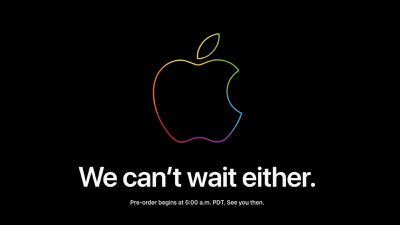
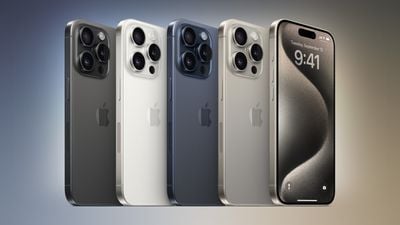
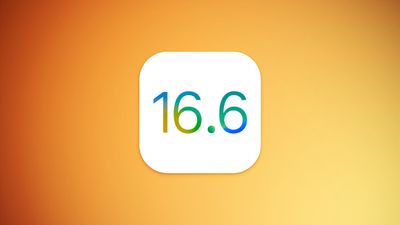


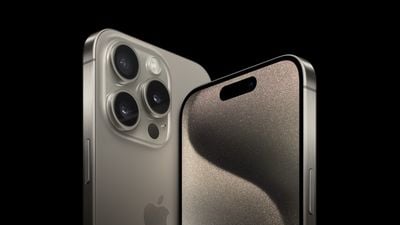
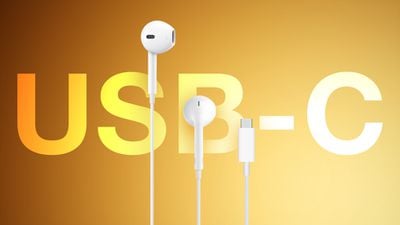
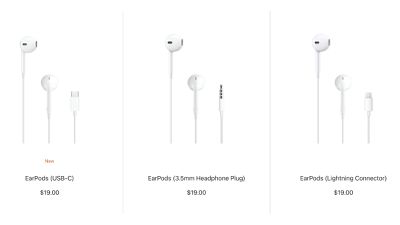

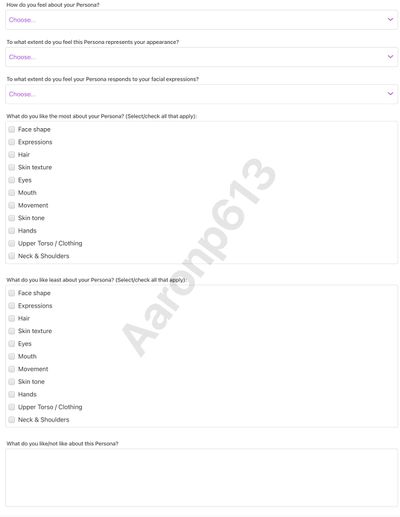
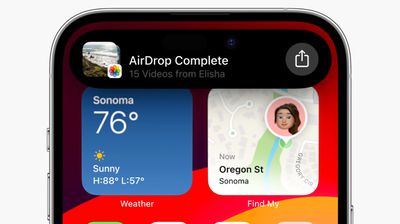
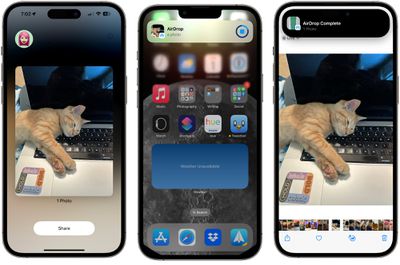
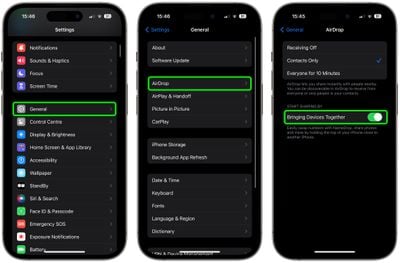
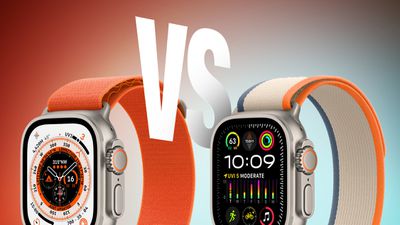
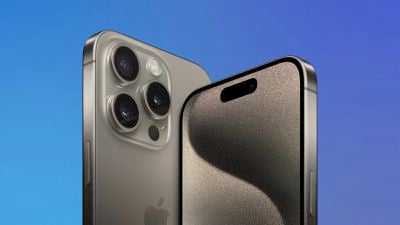 Note: MacRumors is an affiliate partner with some of these vendors. When you click a link and make a purchase, we may receive a small payment, which helps us keep the site running.
Note: MacRumors is an affiliate partner with some of these vendors. When you click a link and make a purchase, we may receive a small payment, which helps us keep the site running.